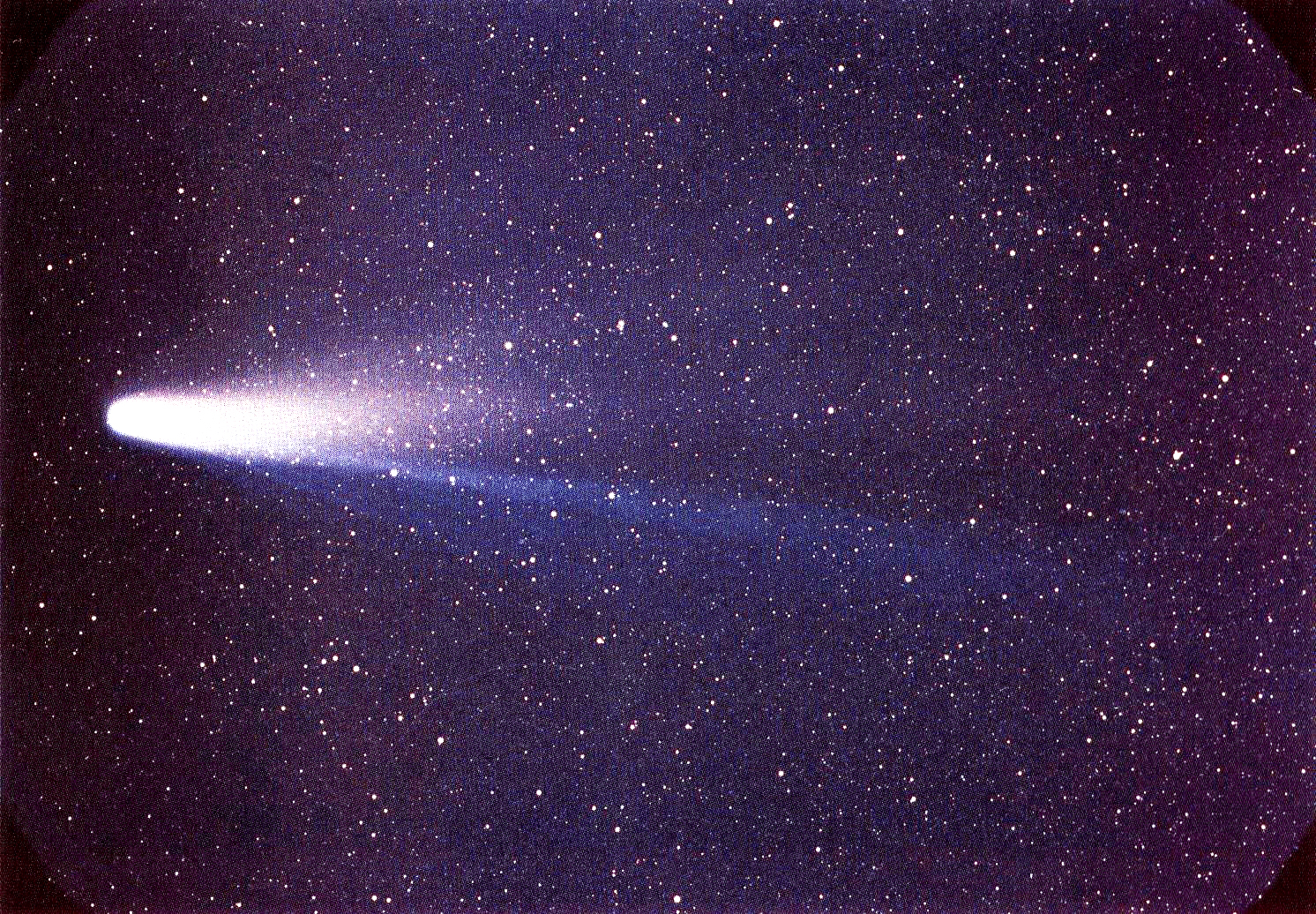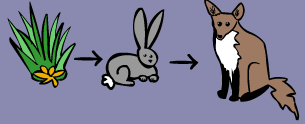Today's question comes from popular science writer Brian Clegg. Brian has written on a variety of topics ranging from the science of flight to time travel to the bizarre physics behind quantum entanglement. His latest book, Gravity: How the Weakest Force in the Universe Shaped Our Lives, came out earlier this year.
Brian writes,
If you took all the living material (animal, plant, bacterial etc.) on the Earth, took it into space and made it into a ball:
1. What would be the gravitational pull on its surface?2. What existing solar system body would it be closest to gravitationally?3. What effect would it have on the gravitational pull of the Earth?
1. Gravitational pull on its surface.
In order to solve this, it helps to know the total amount of biomass present on Earth. Biomass can mean different things, but here I mean the total amount of carbon that makes up a particular species. For example, the average human weighs about 50 kilograms (110 lbs) and there are seven billion of us worldwide, so our total mass would be about 3.5×1011 kilograms. Roughly 18% of the human body is carbon, so the total biomass would be roughly 6.3×1010 kilograms (70 million tons.) To answer Brian's question, we'll need to know the total biomass of all species on Earth.
I remember very little from high school biology, but I vaguely recall the food chain.
In order to solve this, it helps to know the total amount of biomass present on Earth. Biomass can mean different things, but here I mean the total amount of carbon that makes up a particular species. For example, the average human weighs about 50 kilograms (110 lbs) and there are seven billion of us worldwide, so our total mass would be about 3.5×1011 kilograms. Roughly 18% of the human body is carbon, so the total biomass would be roughly 6.3×1010 kilograms (70 million tons.) To answer Brian's question, we'll need to know the total biomass of all species on Earth.
I remember very little from high school biology, but I vaguely recall the food chain.
The food chain can be summarized fairly succinctly: "Big things eat little things."1 However, for this to be sustainable, the total biomass of the little things has to be much greater than the total biomass of the big things or else they would get eaten up too quickly. For example, land plants comprise 1000 times more biomass than land animals. Humans, being close to the top of the food chain,2 will compose a fairly insignificant percentage of the total biomass, so my estimation of the total human biomass will be of little use to us. Fortunately, Wikipedia provides a more convenient starting point:
Assuming other creatures have roughly the same percentage of carbon humans do, the total mass of all non-bacterial creatures would be roughly 3×1015 kilograms. How does this compare with the total mass of bacteria?
Wikipedia lists an estimate for the total number of individual bacteria as being roughly 5×1030. Assuming a mass of 10-12 grams per bacteria, that would put the total bacterial mass at 5×1015 kilograms, which brings the total mass of all living creatures to roughly 8×1015 kilograms (8 trillion tons.)
"Apart from bacteria, the total live biomass on earth is about 560 billion tonnes C...."
Assuming other creatures have roughly the same percentage of carbon humans do, the total mass of all non-bacterial creatures would be roughly 3×1015 kilograms. How does this compare with the total mass of bacteria?
Most living species have a density close to water at around 1.0 gram per cubic centimeter. Molded into a sphere, our biomass ball would have a radius of about 13 kilometers. We can use Newton's law of gravity to find the gravitational pull at the surface of the ball,
g = G M / r2.
Here, G =
6.67×10-11 N•m2/kg2 is the gravitational constant, M =
8×1015 kg is the total biomass, and r = 13 km is the radius of the ball. Plugging in numbers, we find g = 3.2 mm/s2. That's about 3000 times smaller than Earth's gravitational pull.
2. Closest (gravitational) body in the solar system.
Gravitationally, Pluto is the weakest planet (or "planet" according to some) in the solar system with g = 0.61 m/s2, but even this is 200 times larger than the attraction that would be felt by our ball of biomass.
Even moons are going to have a much stronger gravitational pull than our bio-ball. Gravitationally-speaking, the closest object to our little ball o' life would likely by an asteroid or a comet. For example, Halley's comet weighs about 1014 kg where as asteroids can vary anywhere from 1011-1021 kg.
Gravitationally, Pluto is the weakest planet (or "planet" according to some) in the solar system with g = 0.61 m/s2, but even this is 200 times larger than the attraction that would be felt by our ball of biomass.
 |
| "I may not be a planet, but I'm still stronger than you, all of life." |
Even moons are going to have a much stronger gravitational pull than our bio-ball. Gravitationally-speaking, the closest object to our little ball o' life would likely by an asteroid or a comet. For example, Halley's comet weighs about 1014 kg where as asteroids can vary anywhere from 1011-1021 kg.
 |
| What a ball of humanity might look like |
3. Effect on Earth.
Unless it smashed into the Earth like the asteroid that took out the dinosaurs, our asteroid is going to have very little effect on the Earth. Even if it were touching the Earth, the gravitational pull would only increase by 0.03%. Apparently, life is only a very small part of the world!
Thanks for a great question, Brian! You can find out more about Gravity and Brian's other books on his website and follow him on Twitter.
Unless it smashed into the Earth like the asteroid that took out the dinosaurs, our asteroid is going to have very little effect on the Earth. Even if it were touching the Earth, the gravitational pull would only increase by 0.03%. Apparently, life is only a very small part of the world!
Thanks for a great question, Brian! You can find out more about Gravity and Brian's other books on his website and follow him on Twitter.
[1] Having grown up in the former whaling capitol of the world, I am aware that there are notable exceptions to this rule.
[2] I suspect cannibalistic humans would technically rank slightly higher than non-cannibalistic humans.
[2] I suspect cannibalistic humans would technically rank slightly higher than non-cannibalistic humans.




No comments:
Post a Comment